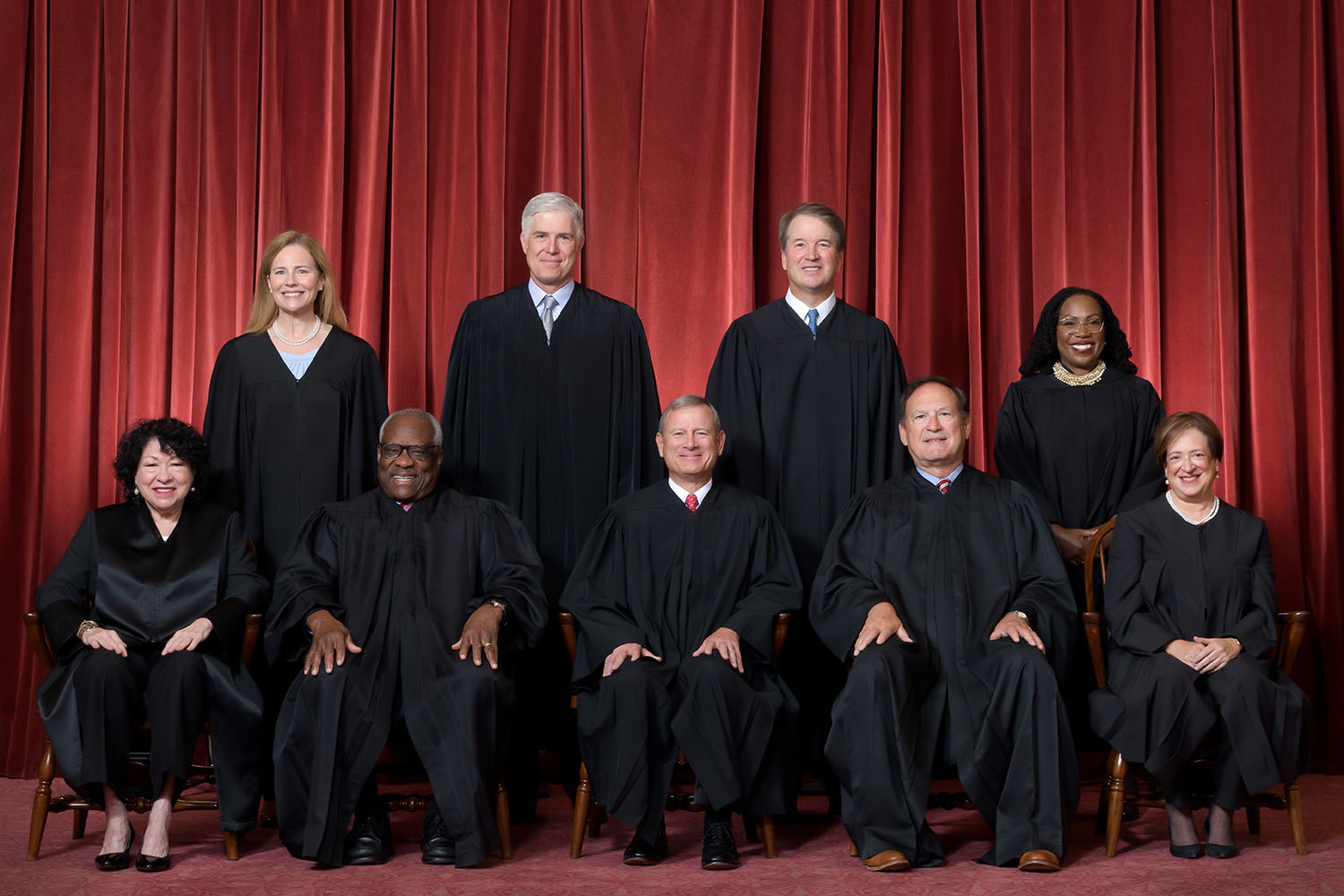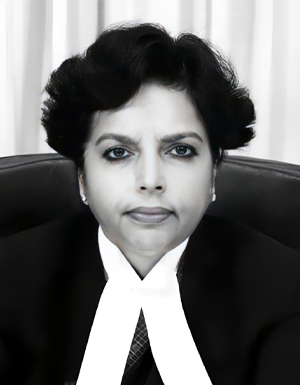Trump's Battle To Be On US President’s Ballot, 'Trump Versus Anderson' In The Us Supreme Court


Recently U.S Supreme court sitting Justices - Sonia Sotomayar and Clarence Thomas voiced their vexation on the Supreme Court’s oral arguments being plagued by too many interruptions.
In 2009, late Supreme Court Justice Ruth Bader Ginsburg told Joan Marie Biskupic, an American journalist, biographer and lawyer who has covered the United States Supreme Court since 1989 ( USA TODAY Report), that sometimes she felt ignored at the Justices’ private conferences. She also said, “Courts gender imbalance has real, although not entirely obvious, consequences”. Justice Ginsburg had said having just one woman on the Supreme Court sends a disheartening message to Americans about women's roles in society. She had pointed out that the nine-member Supreme Court of Canada, for example has four women justices, including the Chief Justice.
In this context, I would like to draw attention to a 2017 study : “Justices, Interrupted : The Effect of Gender, Ideology and Seniority at Supreme Court Oral Arguments" by Tonja Jacobi and Dylan Schweens, which stated that, “Oral arguments at the Supreme Court are important- they affect case outcomes and constitute the only opportunity for outsiders to directly witness the behaviour of the justices of the highest court. This article studies how justices compete to have influence at oral argument, by examining the extent to which the justices interrupt each other; it also scrutinises how advocates interrupt the justices, contrary to the rules of the court. We find that judicial interactions at oral argument are highly gendered, with women being interrupted at disproportionate rates by the male colleagues, as well as by male advocates. Oral argument interruptions are also highly ideological, not only because ideological foes interrupt each other far more than ideological allies do, but we show that conservatives interrupt liberals more frequently than vice versa. Seniority also has some influence on oral arguments, but primarily through the female justices learning over time how to behave more like male justices, avoiding traditional female linguistic framing in order to reduce the extent to which they are dominated by men”. ( 2017 Study -Justices Interrupted)
The study encapsulates that female Justices’ were disproportionately interrupted by their male colleagues and by male lawyers. The impact of the study was notable going by the observations of Justice Sotomayor. Chief Justice John G.Roberts Jr. went on a course correction and whenever interruptions happened , he took on the role of playing referee ensuring that people got back to the Judges who were interrupted. It is said that Justice Thomas once went for a decade without asking a question from the bench. He described arguments like “family feud” while speaking to a bar group.
When the U.S Supreme Court Justices’ returned to their courtroom last month after a long absence the transformation was dramatic. For a start, the court announced a new format that showed Justices’ giving lot of thought on how to conduct arguments that were both probing and polite infusing a hybrid model envisioned to rid the endemic problem within the judiciary.
Supplementing the familiar free-for-all questioning with a round of optional "one-at-a- time’’ questions, proceeding in order of seniority, one per lawyer, that is the way arguments, courts and Justices’ are conducting proceedings since the model rolled out. Lawyers say that the Justices’ appear to have agreed among themselves to let Justice Thomas ask the first questions during the main part of the arguments. The Judge did so in the nine arguments that the court heard this October. Approval to the ‘hybrid model’ came by when Justice Sotomayor observed that Justices have become more careful and they have become much more sensitive than they were before. She said people will see even now when judges are speaking, a judge will say, “sorry, did I interrupt you?”.
How do Indian superior courts fare in contrast to courtroom arguments in the U.S.A before they embarked on their ‘hybrid model’. So, an overview of our courts will reveal that within the court-rooms discipline is broadly maintained by judges reigning in lawyers raising their pitch while making unruly arguments which is indisputably imperious. Noticeably though, some senior judges on the bench aspiring to control court-rooms and reign in lawyers’ unruly oral arguments give little room to junior judges on the bench to ask questions. The opposite is also true nonetheless. We can get to see senior judges let their junior colleagues on the bench deliver judgments in division bench hearings. We may call this our very own model to say the least.

On the question of gender biases in the Indian Higher Judiciary however, there are fundamental issues of disparity that is obvious and open and an urgent redressal is long overdue. The Supreme Court of India has a strength of 34 judges in total and two of these are women Judges. Is it hard for the superior courts to accept that women judges can handle challenging and heavy matters? I would end by recalling what recently retired Justice Hima Kohli of the Supreme Court once said, "I was asked to decide menu for a court function’’. And then she added ‘’women judges can handle heavy matters’’. These are telling words worth a thought.
Leave a Comment

Rajiv Chavan
Senior Advocate & Former President -Advocates Association of Western India (2013-2015 & 2015-2018)


































